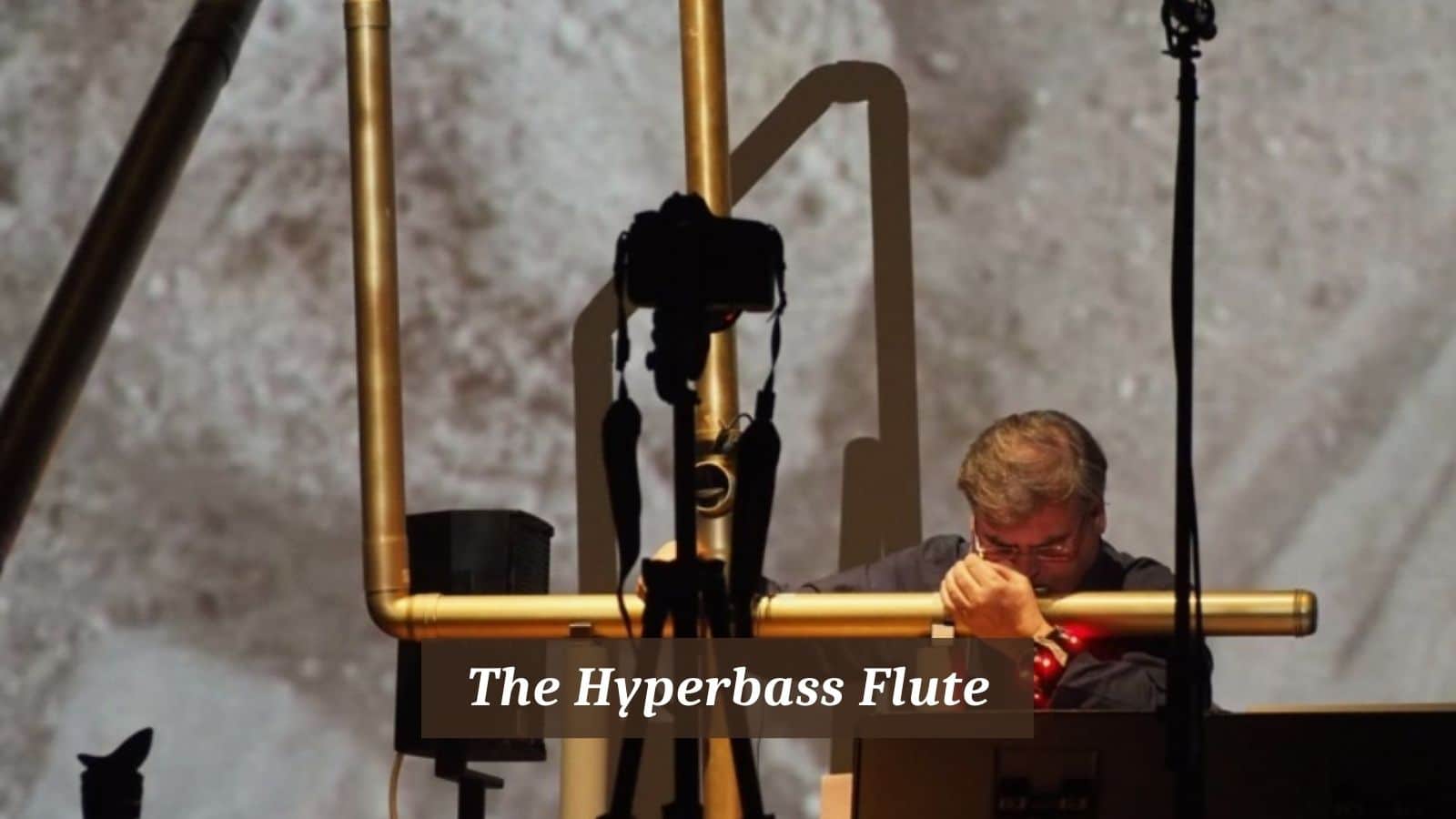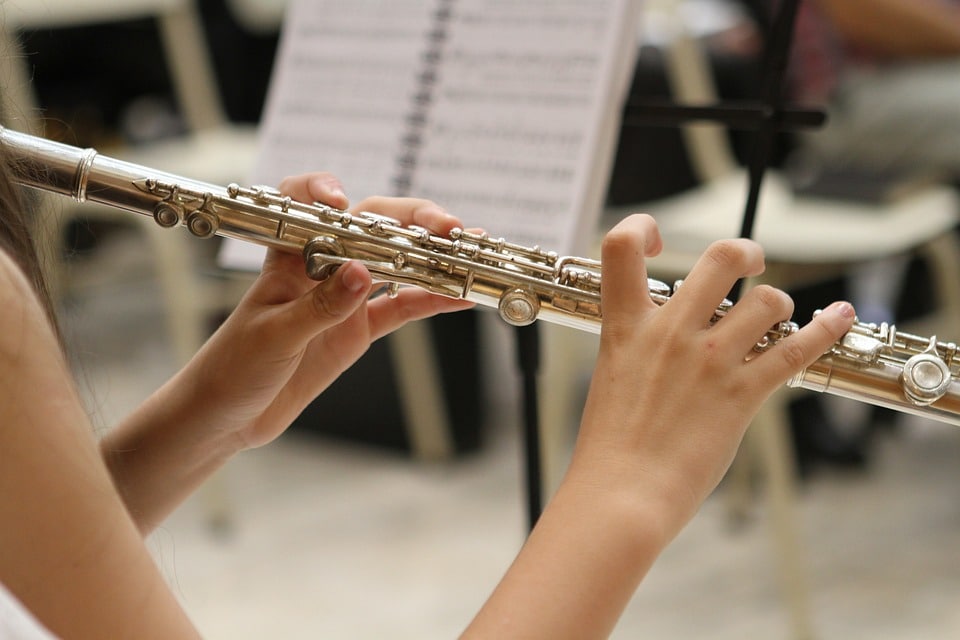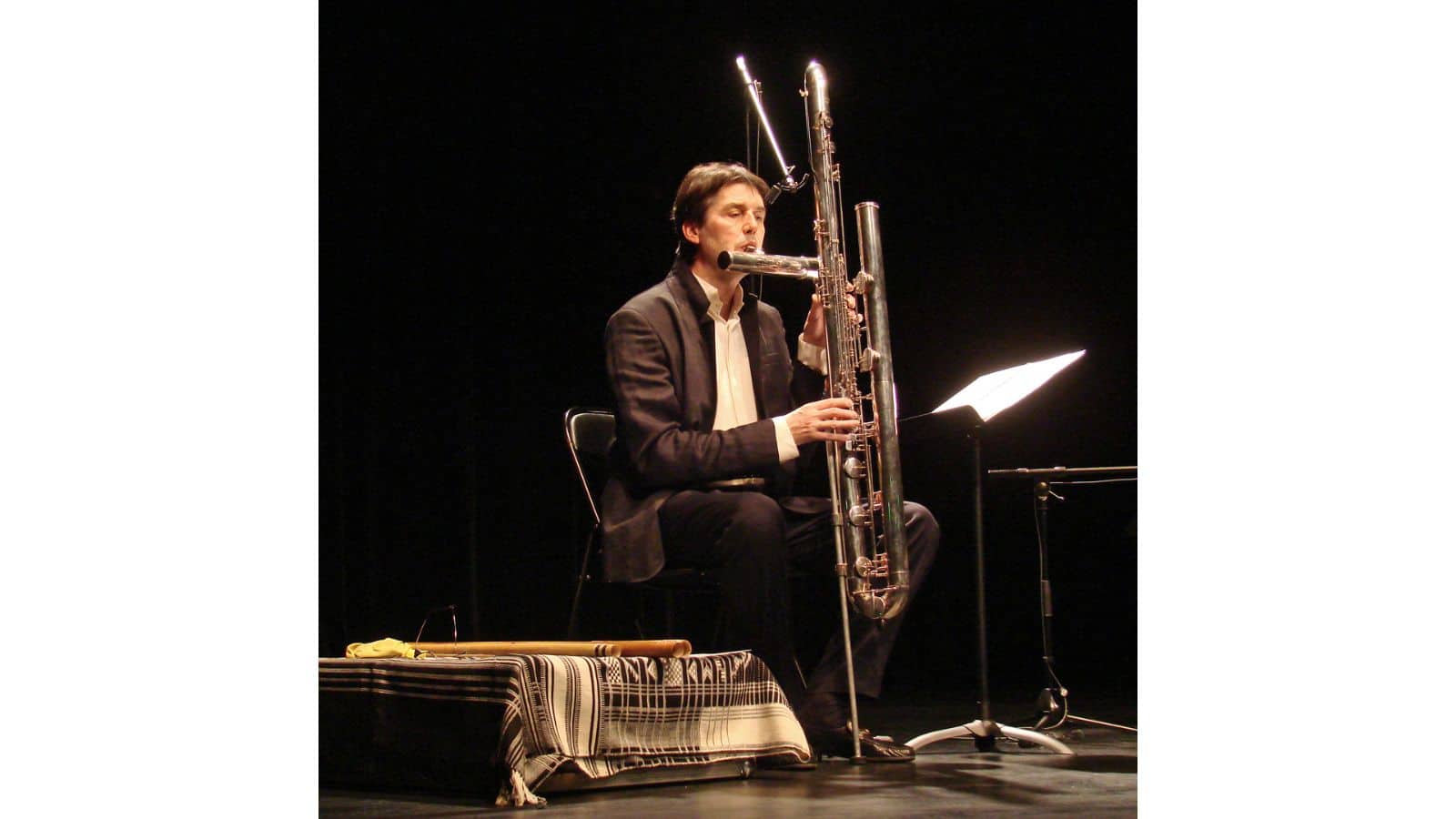
Most people are familiar with the flute, an orchestral instrument that belongs to the woodwind section, though today it is typically made out of metal.
This instrument is a popular choice among beginning musicians due to its minimal weight, beautiful tone, and ability to play multiple genres of music.
What many people are not familiar with, however, is that there are actually numerous different types of flutes beyond the kind you most commonly see in an orchestra (the concert flute).
These different flutes can be made from different materials and appear in different sizes, corresponding to different pitches.
The Most Common Types of Flutes and Their Ranges
The concert flute is pitched in the key of C and spans three octaves. The lowest note is either C4 or B3, depending on the foot joint, which is equivalent in pitch to middle C on the piano or one half-step below it.
The highest note is somewhere around C7 or a few notes above, depending on the skill of the player.
The most frequently played types of flute after the concert flute are the piccolo and the alto flute.
The piccolo is a smaller version of the flute, and is still often made from wood. Because of its short length, it sounds a full octave higher than the concert flute, spanning from D5 to about C8. Like the concert flute, it is pitched in C.
Meanwhile, the alto flute is a larger and lower version of the concert flute, ranging from G3 to G6. This instrument is pitched in G rather than C, which means that if a player fingers a C, it will sound like a G a fourth below it.
Some players prefer to use a curved headjoint when playing the alto flute, so they do not have to strain their arms or back trying to reach down the larger length of the instrument.
Getting Lower
However, the flute family doesn’t end there. While it is rare to see any types of flute in an orchestra beyond the three mentioned above, there are several others that exist. The next lowest is the bass flute, followed by the contrabass.
These instruments are all pitched in C and sound an octave and two octaves lower than the concert flute, respectively. Bass and contrabass flutes are often too large and heavy for a player to hold on their own, and require a stand to hold them up.
They are most commonly seen in flute choirs, but are sometimes incorporated into movie music and contemporary or experimental music.
The Hyperbass Flute
This brings us to the hyperbass flute, the newest and largest member of the flute family. The invention of this flute was very recent, as it appeared for the first time in the early twenty-first century.
A hyperbass flute plays four octaves beneath the concert flute and is typically very large in size and extremely difficult to play.
The pitch is so low that it exceeds the low range of the piano, moving into territory that is difficult for the human ear to hear at all. Only a few such instruments exist, and they are still far from perfect in design.
The first person to design this instrument was Francesco Romei, an Italian instrument maker, as a request from Italian flutist Roberto Fabbriciani.
The two worked together to create the initial version of the instrument, which included nearly fifty feet of tubing. It did not even contain keys, and the tone hole openings were so large that they had to be covered by entire hands rather than fingers.
The instrument was also not made of metal; instead, it was made of a combination of plastic and wood. Though it was possible to make a sound on the instrument, it was not easy to play a broad range of pitches.
The second version of the hyperbass flute was designed by Dutch flutemaker Jelle Hogenhuis as a commission by flutist Peter Sheridan. Significant changes were made to the original hyperbass flute design in order to make it easier to play.
For instance, the instrument is much smaller, containing only about twenty-five feet of tubing rather than fifty (still, it is more than twice the size of a contrabass flute). Additionally, the flute is made entirely from plastic and contains actual keys, allowing it to play chromatic pitches.
Hyperbass Music
Because the second version of the hyperbass flute is more manageable to play, a small amount of music has now been written for this instrument. Composers writing for this instrument mainly write in an experimental and contemporary style.
The first piece that included it was a piece for hyperbass flute, electronics, and magnetic tape, composed by Allessandro Grego in 2001. Fabbriciani, the first commissioner of the hyperbass flute, has also written and recorded several pieces for the instrument.
Unsurprisingly, Peter Sheridan, the commissioner of the second version, has recorded several pieces on it as well, as one of the few people capable of playing the instrument effectively.
Where can I find a hyperbass flute?
Unfortunately, there are very few options available for people who are interested in playing this rare instrument. Normal music stores or even flute specialty shops will not own a hyperbass flute, and they are not usually available for purchase.
However, if you’re really interested, making some calls to high-profile shops or even reaching out to the makers themselves may be your best option.
Those who do attempt to play the hyperbass flute should bear in mind that it is not easy to play. It requires a great deal of air, endurance, and stamina. Even if you regularly play the flute, you may not be able to produce a sound on the hyperbass flute.
However, on the bright side, if you do manage to figure out how to produce a sound on it, playing other low flutes will be a breeze! It would certainly be a treat to get to play this incredible instrument that most flutists will likely never try.


